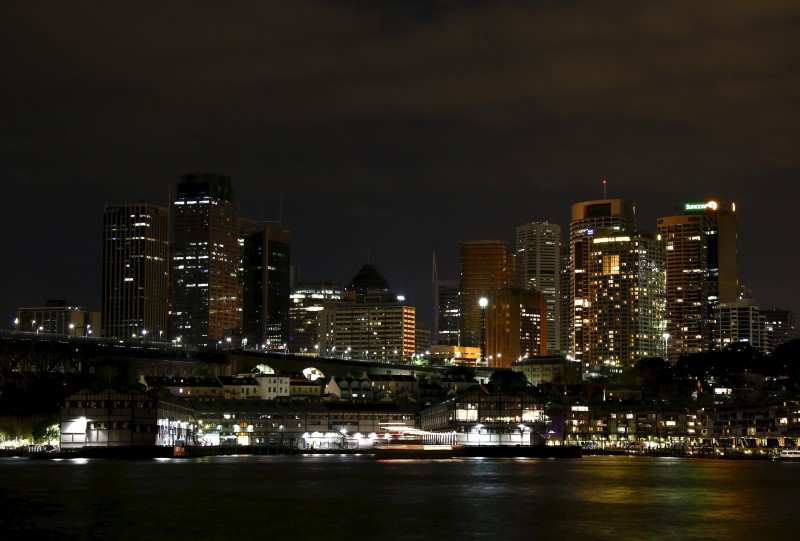SYDNEY, March 28 (Reuters) - Coastal areas in northeast Australia were battered by high winds and heavy rainfall early on Tuesday as a powerful cyclone that prompted authorities to urge some 30,000 people to evacuate bore down on the country.
Cyclone Debbie was upgraded overnight to a category four storm, just one rung below the most dangerous wind speed level, and authorities warned it could reach level five by the time it makes landfall around midday local time (0100 GMT).
The Australian Bureau of Meteorology said Debbie continued to gather strength, despite slowing its progress during the night - the storm had been expected to make landfall several hours earlier than the most recent forecast.
It is expected to be the most powerful storm to hit the state of Queensland since Cyclone Yasi destroyed homes and crops and devastated island resorts in 2011.
"The eye itself is probably 50 kilometres (31 miles) across," said senior forecaster Adam Blazak.
Authorities urged thousands of people in low-lying areas at risk from tidal surges and winds of up to 300 km per hour (185 mph) to flee their homes on Monday in what would be the biggest evacuation seen in Australia since Cyclone Tracy struck the northern city of Darwin in 1974.
It was unclear early on Tuesday how many people had heeded that advice as gales lashed tourist resorts at Airlie Beach and the Whitsunday Islands.
Authorities have stockpiled food and fuel, and the army is on standby to deal with the aftermath.
Townsville Airport was closed and airlines Qantas QAN.AX , Jetstar, Rex and Virgin Australia VAH.AX said they had cancelled several flights to and from the region.
The Abbot Point coal terminal and ports at Mackay and Hay Point were closed. BHP Billiton BHP.AX BLT.L suspended operations at its South Walker Creek coal mine and Glencore GLEN.L halted operations at the Collinsville and Newlands coal mines. produces some 95 percent of Australian bananas and while Cyclone Debbie is on course to miss the largest growing regions in the state's far north, analysts said heavy rains and strong winds could cause significant crop damage.
Greg Williamson, the mayor of the town of Mackay, which lies in the path of the storm, said the cyclone had proved more unpredictable than initially forecast.
"It's been a matter of trying to second-guess where it's going to happen," he told the Australian Broadcasting Corporation. "It's trying to make strategic decisions with assets and people's lives."
Police blamed the wild weather associated with the storm for a traffic accident on Monday in which a 31-year-old female tourist died.
